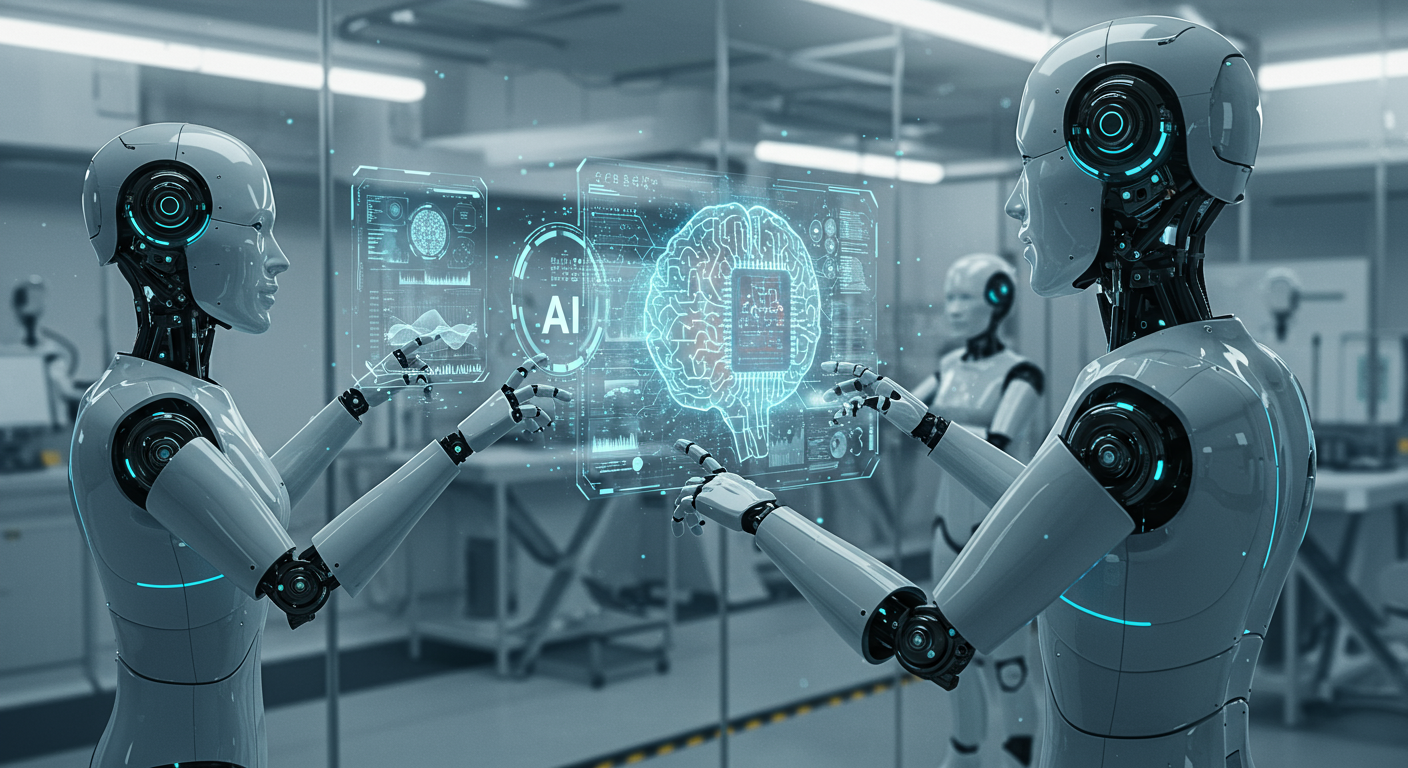RPA and AI Synergy: Powering Intelligent Automation
While Robotic Process Automation (RPA) excels at automating rule-based, repetitive tasks, its true potential is unlocked when combined with Artificial Intelligence (AI). This powerful synergy, often referred to as Intelligent Automation or Hyperautomation, elevates RPA from a task-oriented tool to a more cognitive and adaptive solution.

How AI Enhances RPA
AI brings cognitive capabilities to RPA, allowing automation of more complex processes that require judgment, understanding, and learning. Here's how AI supercharges RPA:
- Handling Unstructured Data: Traditional RPA bots typically work best with structured data. AI, through technologies like Natural Language Processing (NLP) and Optical Character Recognition (OCR), enables bots to understand and process unstructured or semi-structured data from documents, emails, and images.
- Improved Decision Making: Machine Learning (ML) algorithms can be integrated with RPA to enable bots to make decisions based on historical data and patterns, rather than relying solely on predefined rules. This is crucial for processes involving dynamic exceptions or requiring predictive analytics.
- Cognitive Automation: AI enables "cognitive bots" that can understand context, learn from experience, and interact more naturally with humans and systems. This includes capabilities like sentiment analysis in customer service or intelligent document processing.
- Enhanced Process Discovery: AI-powered tools can analyze existing processes to identify automation opportunities more effectively, and even suggest optimal automation workflows. For more insights into process mining, you can explore resources like Gartner's explanation of Process Mining.
Key AI Technologies in Conjunction with RPA
- Machine Learning (ML): For pattern recognition, predictive analytics, and adaptive decision-making.
- Natural Language Processing (NLP): To understand and generate human language, enabling automation of tasks involving text analysis, chatbots, and voice recognition.
- Computer Vision: Allows bots to "see" and interpret visual information, such as reading text from images or identifying objects.
- Intelligent OCR: Goes beyond traditional OCR by using AI to extract data from complex documents with higher accuracy and contextual understanding.
The combination of RPA and AI is not just about automating more tasks; it's about automating them more intelligently. This leads to greater efficiency, reduced errors, improved scalability, and the ability to tackle more complex business challenges. As AI continues to evolve, its integration with RPA will undoubtedly pave the way for even more sophisticated and transformative automation solutions. To understand the broader impact, one might look into how AI is reshaping various sectors, such as Forbes' coverage of AI.